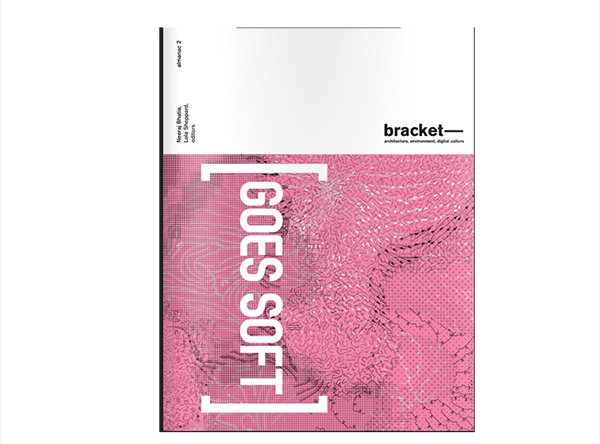Visit the Issuu link here.
Announcing the release of Bracket 2. Goes Soft from Actar Press in January 2013.
Bracket 2 examines physical and virtual soft systems, as they pertain to infrastructure, ecologies, landscapes, environments, and networks. In an era of declared crises—economic, ecological and climatic, amongst others—the notion of soft systems has gained increasing traction as a counterpoint to permanent, static and hard systems. Acknowledging fluid and indeterminate situations with complex feedback loops that allow for reaction and adaption, the possibility of soft systems has re-entered the domain of design. Bracket 2 critically positions and defines soft systems through 27 projects and 12 articles. From soft politics, soft power and soft spaces to fluid territories, software and soft programming, Bracket 2 unpacks the use and role of responsive, indeterminate, flexible, and immaterial systems in design.
Bracket 2 is Edited by Neeraj Bhatia and Lola Sheppard with articles and projects by:
Geoff Manaugh, Colin Ripley, Geoffrey Thun, Kathy Velnikov, Pietro Pezzani, Jeffrey Inaba, Chris Perry, Jared Winchester, Fionn Byrne, Kimberly Garza and Sarah Thomas, Benjamin H. Bratton, and Edward Dodington among others.
More information from the Publisher’s (Actar Press) website can be found here.
Bracket 2 can also be found on Amazon.







